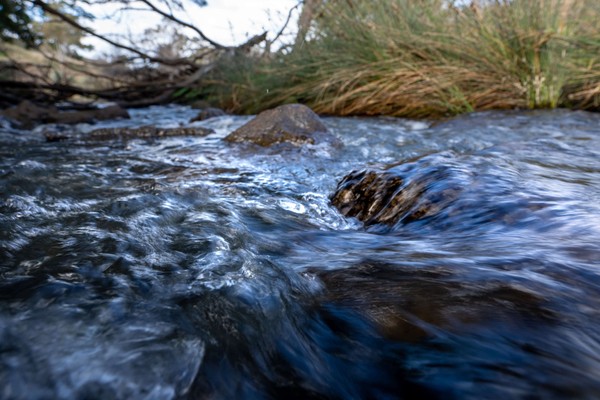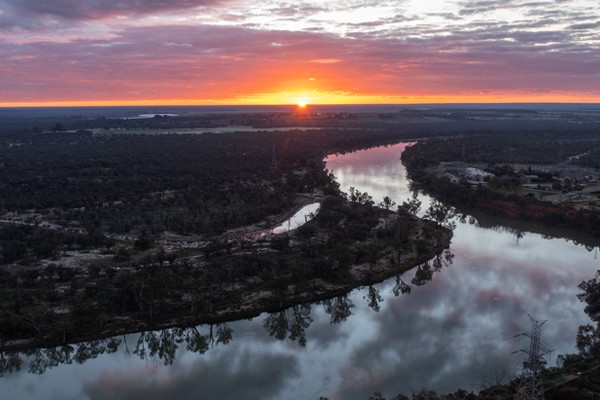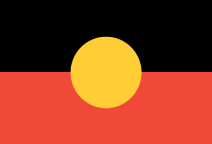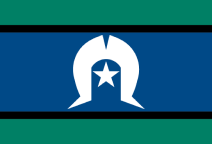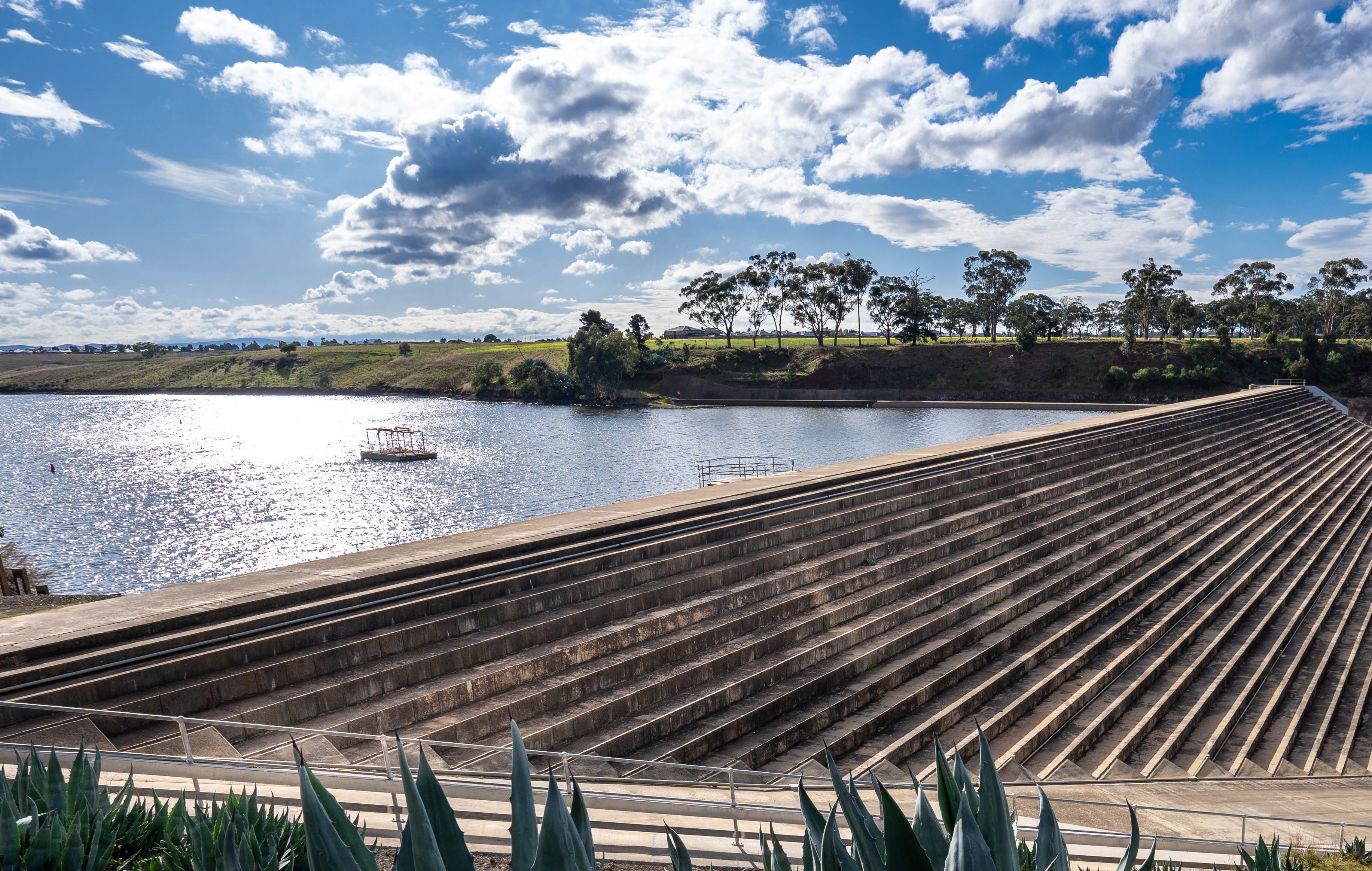
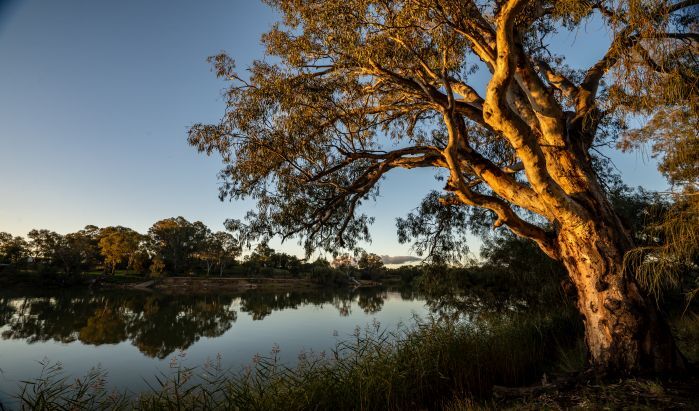
Read the latest Water Accounts report for 2022-23
Find out about water availability and use in Victoria in 2022-23.

Status update
We hope you enjoy browsing the 2022-23 accounts at the link above. Preparation of the 2023-24 Accounts is now underway, for release on this site in mid-2025. Email us using the button below if you would like to be notified when we release the next Accounts.

